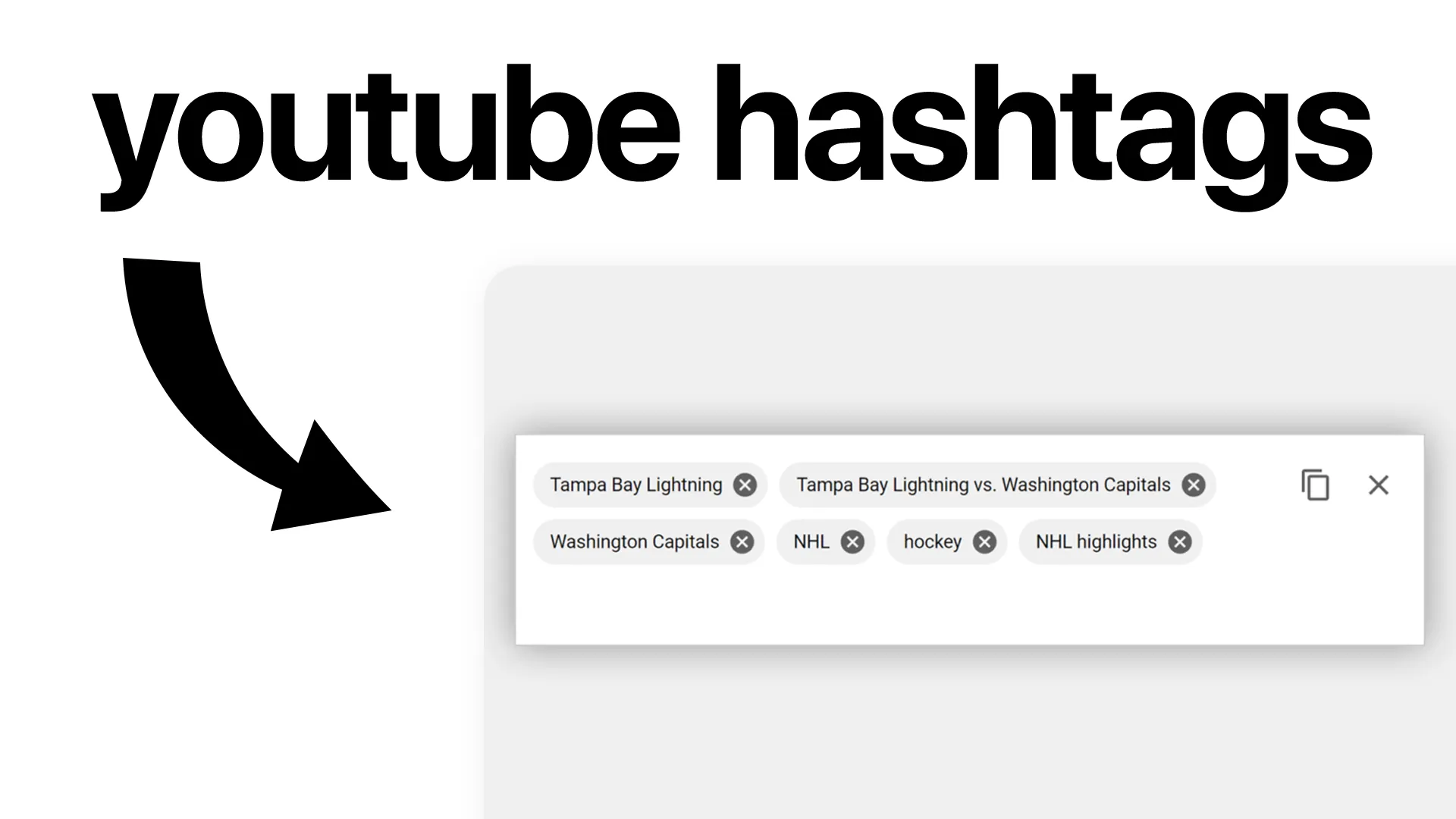If you've ever uploaded a video to YouTube, you've seen the field for tags and maybe even added a few hashtags to your description. But in 2024, are YouTube tags and hashtags still worth your time? Do they help your videos get discovered, or have they faded into the background? In this article, you'll get clear answers, practical tips, and real examples—so you can make smart choices for your channel.
What Are YouTube Tags and Hashtags?
- Tags are keywords you add to your video's metadata during upload. They're hidden from viewers but used by YouTube to understand your content.
- Hashtags are words or phrases preceded by the # symbol. They're visible to viewers and clickable, appearing above your video title or in your description.
Think of tags as invisible labels for the YouTube algorithm, while hashtags are visible signposts for viewers.
Tags vs. Hashtags: What's the Difference?
| Feature | Tags | Hashtags |
|---|---|---|
| Where You Add | Upload metadata (hidden) | Title or description (visible) |
| Visible to Viewers? | No | Yes |
| SEO Impact | Minor | Helps with discovery for trending topics |
| Maximum Allowed | 500 characters | 15 per video (only first 3 show above title) |
| Best Use | Clarifying video topic for search algorithm | Highlighting topics, trends, or challenges |
Do YouTube Tags Still Matter?
YouTube's own help documents say tags play a 'minimal' role in video discovery and search ranking—especially compared to your title, thumbnail, and description. However, tags still help in certain cases:
- For common misspellings of your topic or channel
- If your content's subject has multiple meanings or slang
- To help YouTube understand niche topics or new trends
For most creators, adding a few relevant tags is smart, but don't stress over them. Focus more on your video's title, description, and thumbnail.
How to Use Hashtags on YouTube
- Add up to three relevant hashtags in your video's title or description.
- Stick to topics that viewers might search for or that fit current trends (for example: #gaming, #recipe, #vlog).
- Avoid misleading hashtags or unrelated trending tags. YouTube may remove your video for 'hashtag stuffing.'
- Clicking a hashtag will take viewers to a search page for that hashtag—great for discovery!
Pro tip: If you use more than 15 hashtags, YouTube will ignore all of them—so choose carefully!
Best Practices for YouTube Tags and Hashtags
- Use your main keyword as the first tag (for example, 'video editing tutorial' for a how-to video).
- Add alternative spellings or related phrases as tags.
- Choose hashtags that match your video's topic, not just trending topics.
- Don't copy and paste a wall of tags or hashtags—it can hurt your ranking.
- Review competitor videos to see which tags and hashtags work in your niche.
Real Examples
- Video topic: Vegan Banana Bread Recipe
Tags: vegan banana bread, banana bread recipe, vegan baking, easy vegan recipes
Hashtags: #bananabread #veganrecipes #baking - Video topic: How to Start a YouTube Channel
Tags: start a youtube channel, youtube channel tips, youtube beginner
Hashtags: #YouTubeTips #ContentCreator #HowTo
FAQ: YouTube Tags and Hashtags
Do YouTube tags help with search rankings?
Tags help YouTube understand your video, but their impact on rankings is much smaller than your title and description.
How many tags and hashtags should I use on YouTube?
Use a handful of relevant tags (up to 500 characters total). For hashtags, add up to three that are highly relevant to your video.
Where do hashtags show up on YouTube?
The first three hashtags in your description or title appear above the video title as clickable links.
What happens if I use too many hashtags?
If you use more than 15 hashtags, YouTube will ignore all of them. It's best to stick to 3-5 relevant hashtags.
